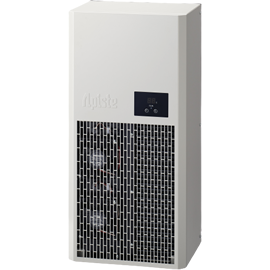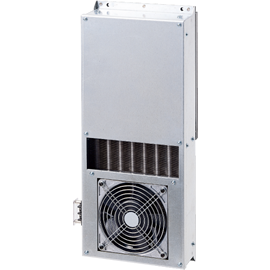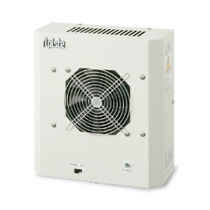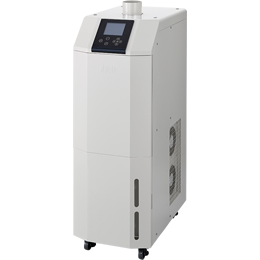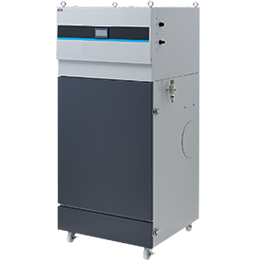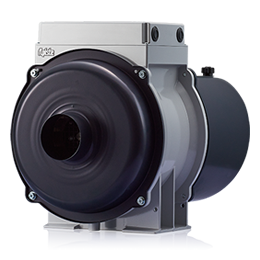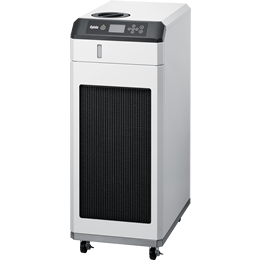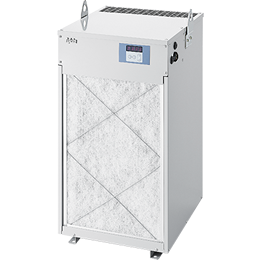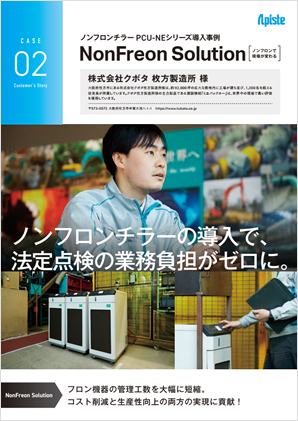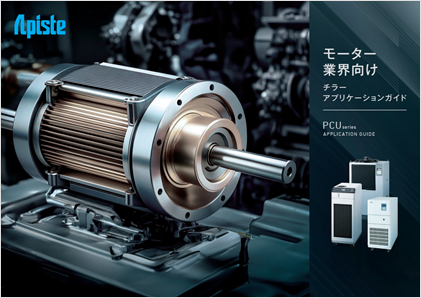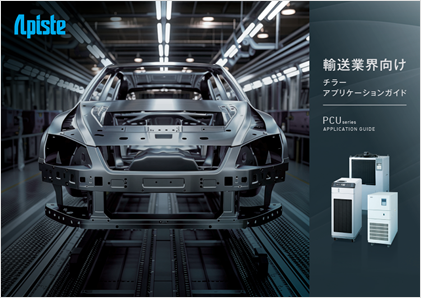FAQ
Why is the chiller not cooling?
Possible reasons why the chiller does not cool or does not provide enough cooling include the following:
■The heat load of the equipment to be cooled does not match cooling capacity of the chiller.
Unless you select the right chiller based on the amount of heat generated by the equipment, the chiller installation location, and the intended use, you will not be able to provide sufficient cooling.
Also, even if there are no problems when the equipment is first installed, as the equipment's operating rate increases during use, the amount of heat generated may increase, resulting in insufficient cooling.
■ cooling capacity of the chiller has decreased due to external factors.
cooling capacity a chiller varies depending on the set temperature of circulating water and the ambient temperature where the chiller is installed.
In environment where the ambient temperature is close to 40°C, cooling capacity of the chiller will decrease, and the chiller's cooling capacity may not be sufficient to cover the heat load being generated, resulting in insufficient cooling.
Also, if heat is absorbed or released within the piping through which circulating water flows, the chiller's capacity (cooling and heating capacity) may be reduced, so take insulation measures as necessary.
■ Decrease in cooling capacity due to aging and lack of maintenance
When equipment is used for a long period of time, it may not be able to perform at its full cooling capacity due to refrigerant leaks, clogging condensers, deterioration of circulating water, etc., resulting in insufficient cooling.
It is necessary to take measures such as conducting daily inspections and regularly changing filters and water to prevent a decline in the chiller's cooling capacity.
■ Insufficient circulating water rate
If circulating water piping route is long, the diameter of the piping is small, or if it branches into multiple pipes or is elevated to a high position, the flow rate of circulating water will decrease, which may result in the flow rate not being sufficient for cooling and causing the unit to fail to cool.
Select equipment with sufficient head (pressure) to meet the required flow rate.
-How to determine head (pump capacity)
The circulation pump wears out over time, and as the flow rate decreases, cooling performance also decreases, so we recommend replacing it at the recommended replacement cycle.
The recommended replacement cycle varies depending on the device, so please refer to the instruction manual for details.
Please feel free to contact us if you have any questions regarding model selection before installation or heat management for equipment in operation.
→Contact us here
People who viewed this page also checked out these documents:
Inquiry
For product inquiries, quote requests, etc.
Please feel free to contact us.


